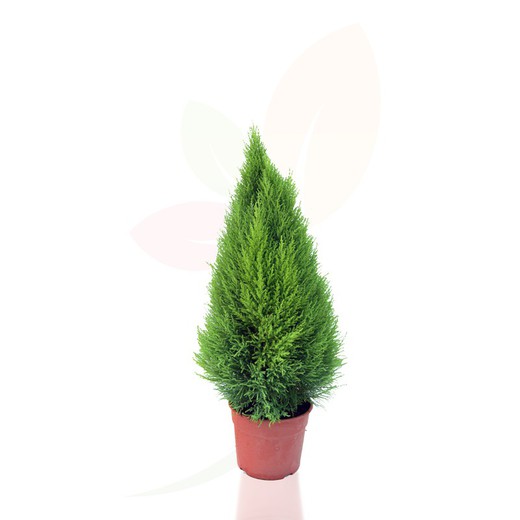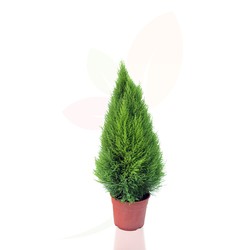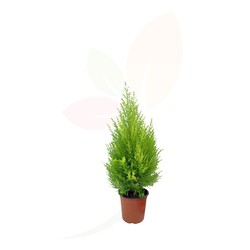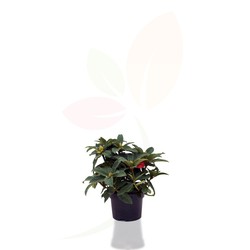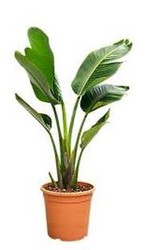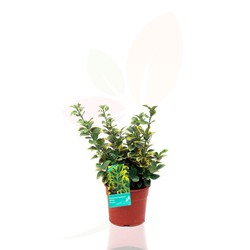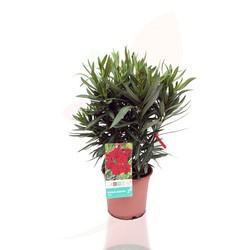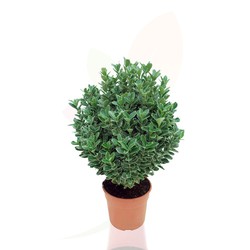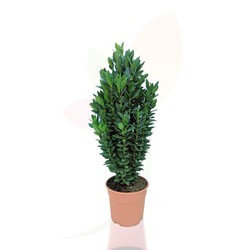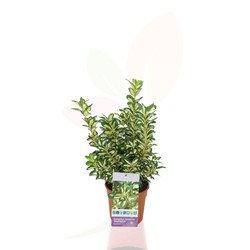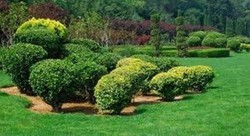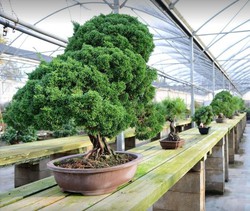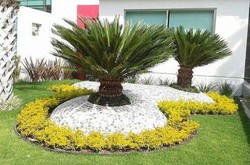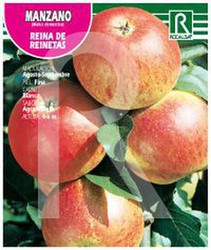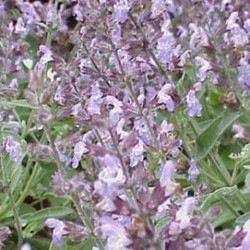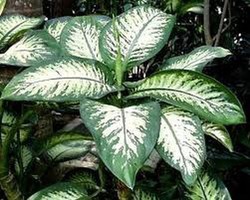Cipres macrocarpa wilma smells like lemon. It is very ornamental.
Brand: VIVERCID
Description
Cipres macrocarpa wilma smells like lemon. It is very ornamental. Very original yellow in color, they grow wider than other varieties, small in height, widely used for pots.
Details
Lemon cypress - Cupressus gold crest wilma
Scientific name: Cupressus macrocarpa wilma
Popular names: Goldcrest
Family: Cupressus
Origin: It is native to the Monterey Bay in California (USA).
Generalities: Smells like lemon. Very ornamental. Very original yellow in color, they grow wider than other varieties, small in height, widely used for pots.
Characteristics: Conical in shape, sensitive to cold, wind and fast growing with yellow leaves.
Multiplication: By seeds and by grafting.
Adult plant size: It reaches a height of 4-5 m. and a perimeter of 3-4 in diameter.
Lighting: Supports full sun, although it is better to be a little protected from full sun in hot areas.
Temperature: Holds the cold well.
Irrigation: In hot areas, we must be attentive to the water, always keeping the soil moist.
Subscriber: Pay every month.
Pruning: Can be trimmed throughout the year
Diseases and pests: Phythophthora, against neck rot, having to carry out 3 or 4 preventive treatments a year with a systemic fungicide.
Lemon cypress - Cupressus gold crest wilma: Cupressus wilma 14 cm ø
CONIFERSLemon cypress - Cupressus gold crest wilma: Cupressus wilma 21 cm ø
CONIFERSComments
Questions (1)
taille maxi et prix entretien livraison
max. 80cm
pot 21cm
litres 5
poids 5/10kgs
entretien :
Lumière : Expositions ensoleillées, bien qu'il puisse également être placé à l'ombre ou à la mi-ombre.
Température : Il peut supporter des températures élevées, bien qu'il puisse provoquer un brunissement aux extrémités de la plante. Elles résistent au gel bien que l'action du froid donne au feuillage des tons bruns qui ne devraient pas nous faire peur. La température optimale se situe entre 10°C et 20°C.
Irrigation : Elles doivent être régulières, croissantes en été et décroissantes vers l'hiver.
Sol: Ils ne sont pas pointilleux sur le sol mais préfèrent ceux qui sont frais et humides.
Abonné : Utiliser un engrais spécifique pour les conifères, trois applications annuelles, en évitant les mois d'été et d'hiver.
Taille: Il peut être taillé pour lui donner une forme, bien qu'il ne soit normalement pas taillé et acquiert ainsi une forme pyramidale. Lorsque ses feuilles sont taillées ou touchées, il dégage une odeur "citronnée"
